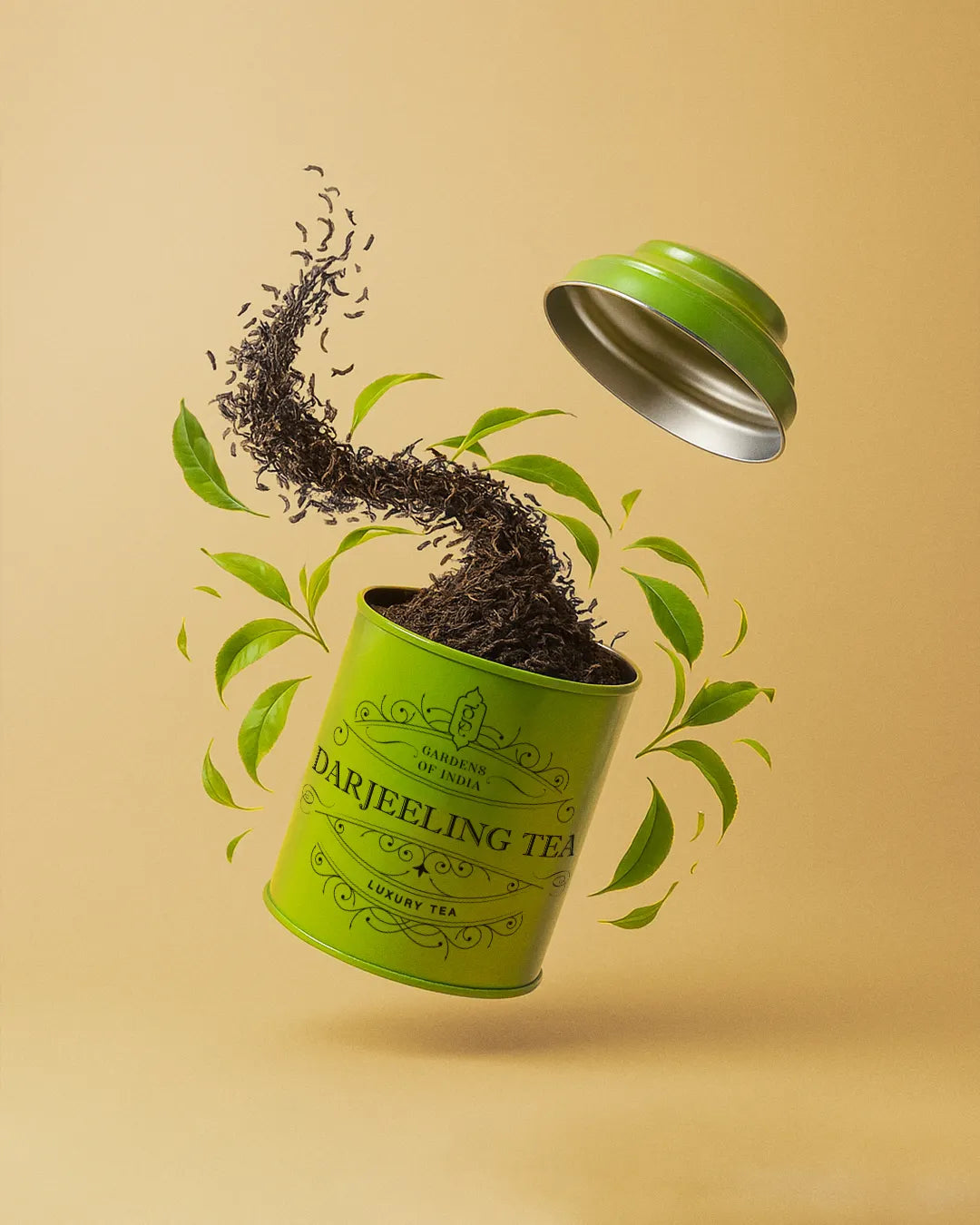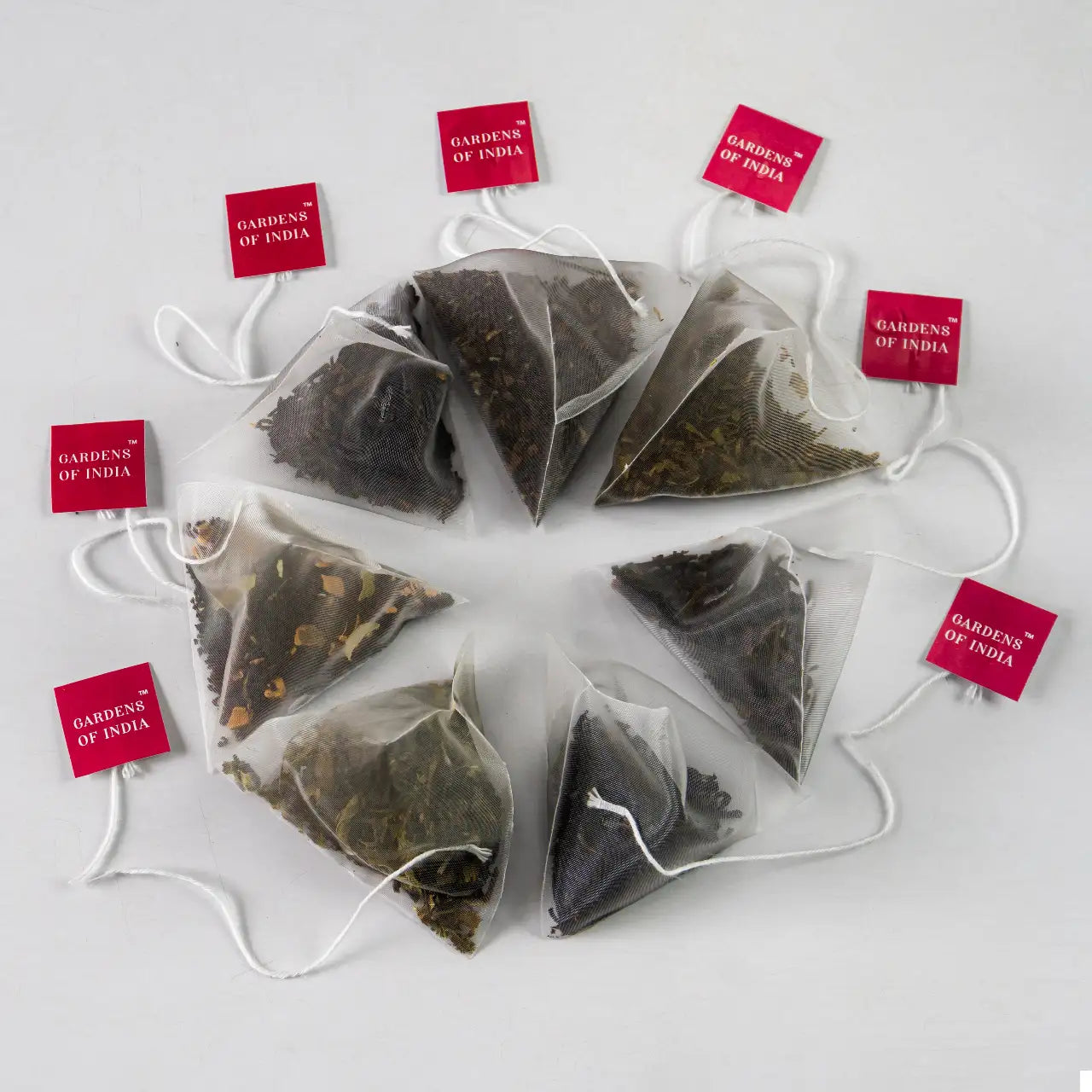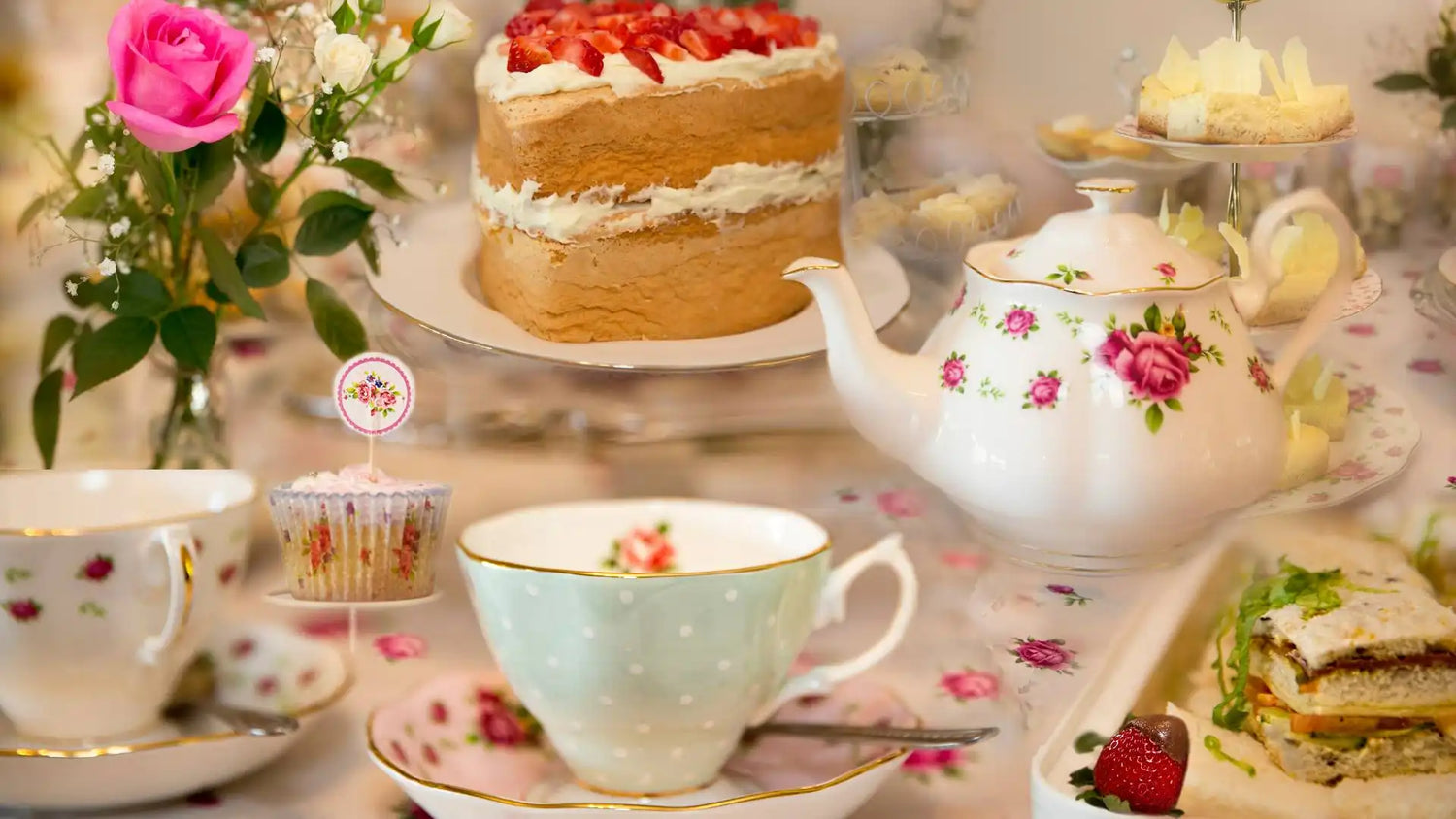Tea has been a popular beverage for centuries and has a rich history that spans across different cultures and continents. From its origins in ancient China to its global popularity today, tea has played a significant role in shaping the world's culture, politics, and economy. In this blog post, we will explore the history of tea, including its origins, spread, and evolution over time.
Origins of Tea:
The origins of tea can be traced back to ancient China, where it was first discovered and cultivated more than 5,000 years ago. According to legend, the Chinese emperor Shen Nung discovered tea in 2737 BC when some tea leaves fell into his pot of boiling water. He found the resulting brew to be refreshing and energizing and soon tea became a popular beverage in China.
Spread of Tea:
Over time, tea became an integral part of Chinese culture and was used not only as a beverage but also for medicinal purposes. Tea was initially consumed in China by the wealthy elite, but it soon became more widely available and affordable. In the 7th century, tea was introduced to Japan by Buddhist monks who had studied in China. Japanese tea culture developed independently of Chinese tea culture and led to the development of unique tea ceremony rituals that are still practiced today.
Tea also began to spread to other parts of the world, including India, where the British East India Company established tea plantations in the 19th century. Today, India is one of the largest tea-producing countries in the world. Tea was also introduced to Europe in the 17th century by Dutch traders, and it quickly became a popular drink among the wealthy elite. In the 18th century, tea became more widely available and affordable, and tea shops and tea houses began to spring up in cities across Europe.
Evolution of Tea:
As tea spread across the world, different cultures began to develop their own unique styles and methods of brewing and serving tea. In China, for example, tea is often served in small cups without milk or sugar, while in Britain, it is traditionally served in larger cups with milk and sugar. Today, there are many different types of tea available, including black tea, green tea, oolong tea, and herbal teas. Each type of tea has its own unique flavor and health benefits.
In recent years, there has been a growing interest in specialty and artisanal teas, and tea shops and tea houses have become popular destinations for tea enthusiasts. Tea has also been the subject of scientific research, and studies have shown that tea has a number of health benefits, including reducing the risk of heart disease, stroke, and certain types of cancer.
Conclusion:
Tea has a long and fascinating history that spans across different cultures and continents. From its origins in ancient China to its global popularity today, tea has played an important role in shaping the world's culture, politics, and economy. Whether you prefer a traditional cup of Chinese tea or a classic British cup of tea with milk and sugar, tea remains one of the world's most beloved and versatile beverages.





